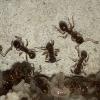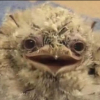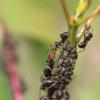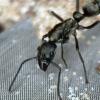I have heard that Strumigenys can be found in Wisconsin, though I have never seen them myself. Which species occur and how might I find them? I have an idea on how to house cryptic ants, basically a large hydrostone nest with lots of small chambers and no outworld, populated by springtails. Of course I actually have to find the appropriate ants before I can test this.
Edited by Antennal_Scrobe, August 30 2019 - 10:20 AM.


























